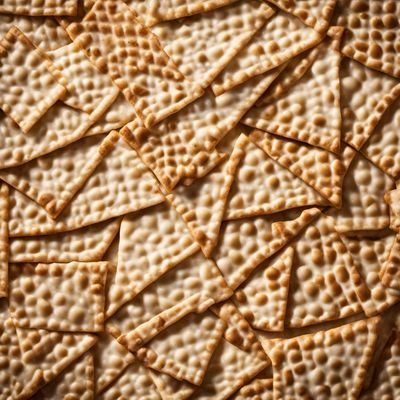
Ingredient
Tortilla
Versatile Delight: The Art of Tortilla Making
Tortillas are thin, unleavened flatbreads made from wheat or corn flour. They have a soft and pliable texture, making them ideal for rolling or folding. Whether it's the classic corn tortilla used in Mexican cuisine or the larger flour tortilla popular in Tex-Mex dishes, these versatile breads can be enjoyed in various forms and flavors.
Origins and history
Tortillas have a rich history dating back thousands of years. Corn tortillas have been a staple in Mesoamerican cultures, such as the Aztecs and Mayans, for centuries. Wheat tortillas, on the other hand, have their origins in Spain and were introduced to the Americas during the colonial period. Today, tortillas are enjoyed worldwide and have become an integral part of many traditional dishes.
Nutritional information
Tortillas are a good source of carbohydrates and provide a moderate amount of fiber. They are low in fat and cholesterol, making them a healthier alternative to bread or other types of wraps. The nutritional content may vary depending on the specific type of tortilla and the ingredients used in its preparation.
Allergens
May contain wheat or corn, which can cause allergic reactions in some individuals.
How to select
When selecting tortillas, look for ones that are soft, pliable, and free from cracks or tears. Corn tortillas should have a fresh aroma and a slightly moist texture. Flour tortillas should be tender and have a mild scent. Opt for brands that use high-quality ingredients and avoid those with added preservatives or artificial flavors.
Storage recommendations
To keep tortillas fresh, store them in a resealable plastic bag or an airtight container at room temperature. If the tortillas become slightly dry or stiff, you can wrap them in a damp paper towel and microwave them for a few seconds to restore their softness. Avoid refrigerating tortillas, as it can cause them to become stale or lose their texture.
How to produce
Tortillas can be produced at home using basic ingredients such as flour or cornmeal, water, and salt. The dough is typically mixed, kneaded, and then rolled into thin rounds. These rounds are cooked on a hot griddle or skillet until they develop a slight char and become pliable. With practice, anyone can master the art of tortilla making and enjoy the satisfaction of homemade goodness.
Preparation tips
Tortillas can be used in a multitude of ways. They are commonly used as a wrap for tacos, burritos, enchiladas, and quesadillas. They can also be cut into triangles and fried to make crispy tortilla chips, perfect for dipping into salsa or guacamole. Additionally, tortillas can be layered to make casseroles, used as a base for pizzas, or torn into pieces to make tortilla soup or salads.
Availability
Tortillas are widely available in regions where Mexican or Tex-Mex cuisine is popular, such as Mexico, the United States, and parts of Central America. They can also be found in international grocery stores or specialty markets in other countries.
More ingredients from this category
Recipes using Tortilla » Browse all

Carne Asada Tacos
Latvian-inspired Carne Asada Tacos: A Fusion of Mexican and Latvian Flavors

Oaxacan Cutizza
Crispy Corn Tortilla Pizza with Oaxacan Flavors

Fusion Garnacha Delight
Mexican-Inspired Fusion Garnacha: A Flavorful Twist on a Classic Dish

Mexican-style Souvlaki
Taco-inspired Souvlaki Skewers
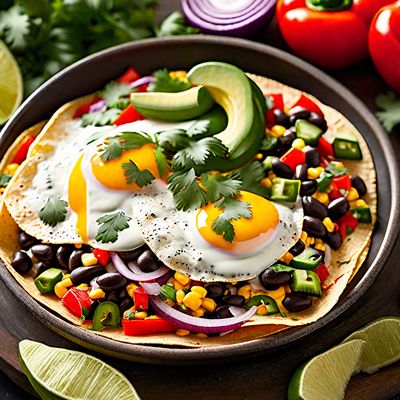
Huevos Rancheros
Vegetarian Huevos Rancheros: A Mexican Breakfast Delight
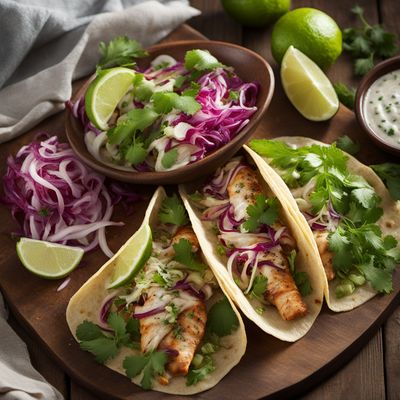
Romanian-style Fish Tacos
Danube Delights: Romanian Fish Tacos with a Twist

Authentic Mexican Burrito Recipe
Flavorful Fiesta Burrito: A Taste of Mexico in Every Bite
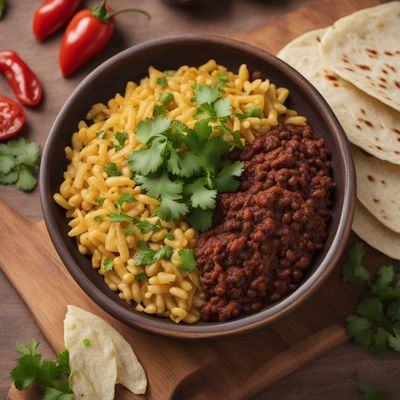
Pastel Azteca with a Twist
Layers of Flavor: A Modern Twist on Pastel Azteca

Japanese-style Huevos Rancheros
Okonomiyaki Huevos Rancheros

Yamal-style Braised Beef Tacos
Savory Yamal Delight: Braised Beef Tacos
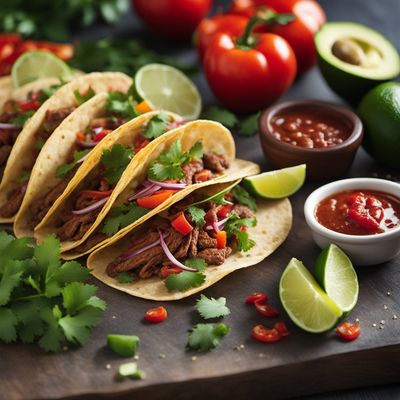
Guacamaya Tacos
Spicy and Tangy Guacamaya Tacos: A Mexican Delight

California Tantuni
California Dreamin' Tantuni



